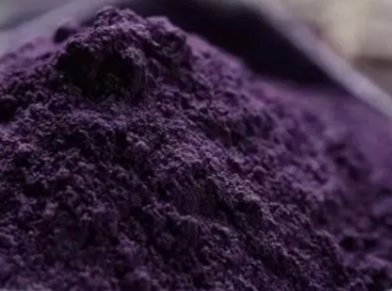Organic pigments are favoured for their high tinting strength, vibrant colours and wide colour spectrum. In recent years, with the demands of the coatings industry, numerous new types of yellow, orange, red and violet pigments have been developed, which have superior properties comparable to those of the phthalocyanine blue and green pigments, and are widely used in the colouring of printing inks, plastics, metal surface coatings and architectural coatings.
Selection of low to mid-range paints:
For early medium and low grade paints, insoluble azo pigments are mostly used. These pigments are simple to produce, stable and suitable for general industrial applications. Common organic pigments include:
Yellow: Pigment Yellow 1, Pigment Yellow 3, Pigment Yellow 5, etc.
Orange: Pigment Orange 5, Pigment Orange 13, etc.
Red: pigment red 3, pigment red 13 and red powder.
Blue-green: phthalocyanine blue and phthalocyanine green.
Selection of high performance coatings:
High-performance coatings, especially automotive and architectural coatings, place higher demands on pigments. In order to meet the performance requirements of weather resistance, heat resistance, anti-flocculation and anti-migration, it is necessary to use organic pigments with more complex structures, including azo, azo condensation, heterocyclic and thick ring ketone pigments. The following are some pigments commonly used in high performance coatings:

Yellow pigments: Permanent Yellow GR, Permanent Yellow HR, Pigment Yellow 139, Pigment Yellow 180, etc.
Red: Pigment Red 122, Pigment Red 177, Pigment Red 179, Pigment Red 254, etc.
Purple: Pigment Violet 19, Pigment Violet 23 and so on.
These pigments not only have an advantage in terms of colour vibrancy, but also remain stable over long periods of exposure to the elements, making them suitable for the colouring of coatings in harsh conditions, such as automotive paints and architectural exterior coatings.





